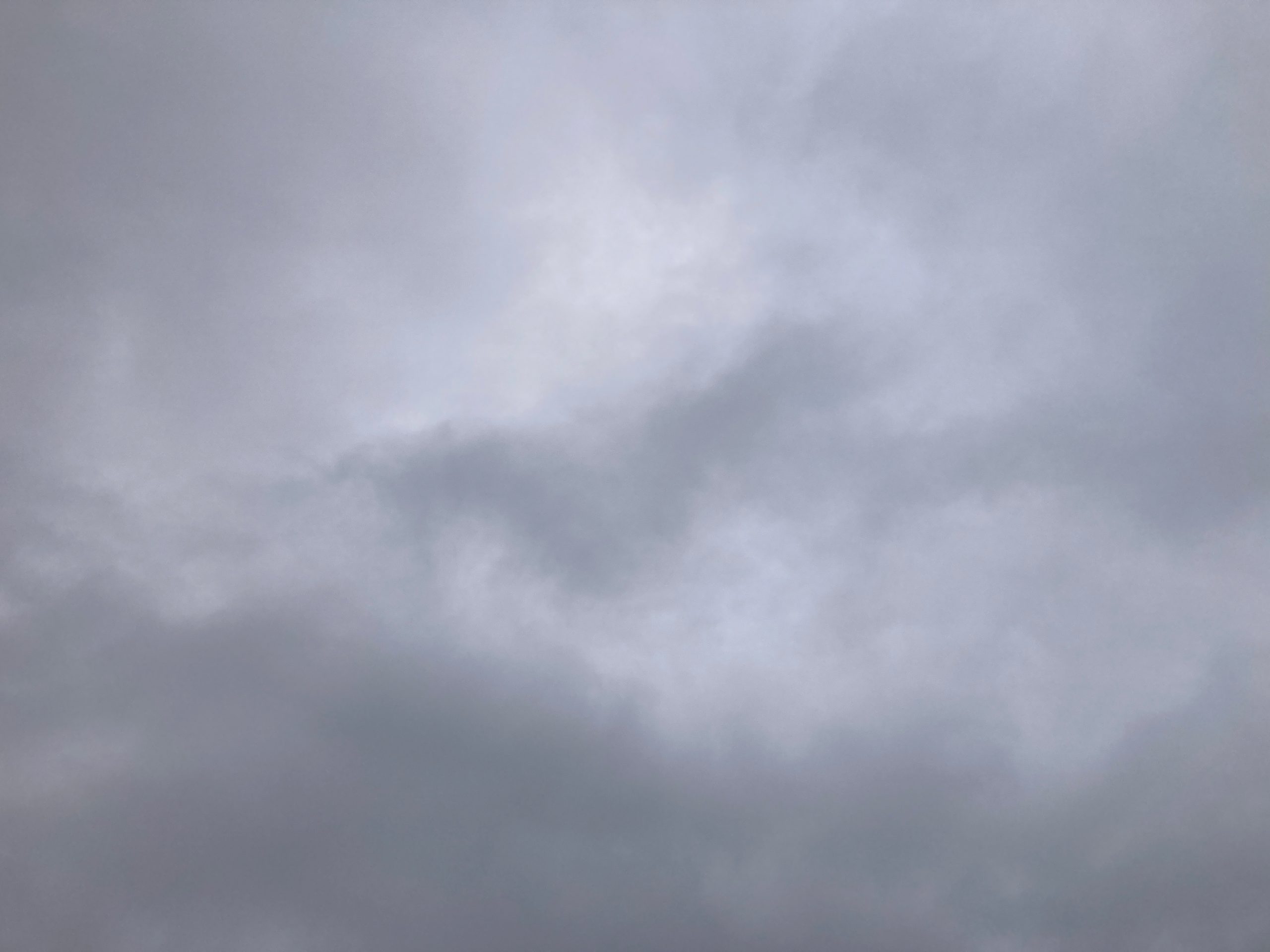Today was the day that it rained and rained and rained and didn’t stop. A heavy, insistent deluge through the night followed by an unrelenting morning downpour sloping off into the kind of dragging icy drizzle that leaves you wettest and coldest of all.
Luckily, I was otherwise occupied finishing the most drawn out tax return ever filed, perking up the process with a spanking new set of highlighters, this week’s guilty pleasure. Yellow for travel, green for my phone, blue for materials, pink for technology, orange for stationery and printing, and purple for books and magazines. By the time I’d finished with my expense sheet, it looked like a rainbow, the reflection, refraction and dispersion of my meagre accounts.
The process of actually submitting my humble figures to our tax office was punctuated by a trip to Chingford to go on a distanced walk with Tom’s mum. Due to illness in the family we haven’t seen her for months so it was really good to meet in person and do the familiar rounds of the horse track through the section of Epping Forest that circumnavigates and traverses the golf course.
We have all walked these trails many times, Tom as a child, myself as a daughter-in-law and new mum and the kids with Granny especially during their early years. I always feel blessed to have spent so much time in the Forest due to its proximity to Tom’s childhood home. Today it felt like a blessing that it’s near enough to our home to be able to visit while staying within the rules. I wish my folks lived near enough to meet as well but hopefully it will not be too much longer – spring or summer perhaps.
To describe the forest today could be summed up in pretty much one word: mud. When all the world’s covered in mud, however, you do begin to notice different types and shades of it from swathes of yellowy brown boulder clay and soily loam to mounds (kames) of stony glacial moraine.
Apparently there are also 100 lakes and ponds within Epping Forest, some naturally formed, others manmade in gravel or clay pits, via landscape design or within craters formed by WWII bombs. Right now, I think, there might be double that number but on this occasion just down to soggy ground from excessive rain.
I watch sediment-rich rivulets of water cascade down this well-trodden slope, a scene in miniature of the powerful icy waters that carved the main features of this landscape around 11,000 years ago following the melting of the last glacier: the heights of Pole Hill and High beech each standing almost 100 metres above sea level on the Epping Forest ridge and the lowland valleys and the waters of the River Lea and River Roding.
A couple of clay-covered cavemen come hurtling down the hill covered in liquid earth – actually my children who seek out the muddiest puddles they can find with wild abandon. The plot twists as I imagine how much water it’s going to take to clean them, our mains supply gathered from the upper chalky reaches of the River Lea courtesy of Thames Water.
The River Lea is the largest tributary of the River Thames running all the way from the Chiltern Hills in Bedfordshire, through Hertfordshire and Greater London and finally into the city, the last twist and turn before meeting the Thames at Bow Creek – one of the oldest waterways in the UK. The nearest section to us is in the Olympic Park, now a network of managed canals and waterways; the river also feeds nearby Hackney, Leyton and Walthamstow Marshes as well as our baths, showers, kettles and cups.
The rain is relentless at the moment but also vital for topping up the rivers that support our water supply, our industries and our wildlife. In an area of known water stress we need all the topping up we can get.
From rivers to rain and back again, I’m now freezing cold but grateful for these incredible connections and the one of the most powerful cycles of life.

